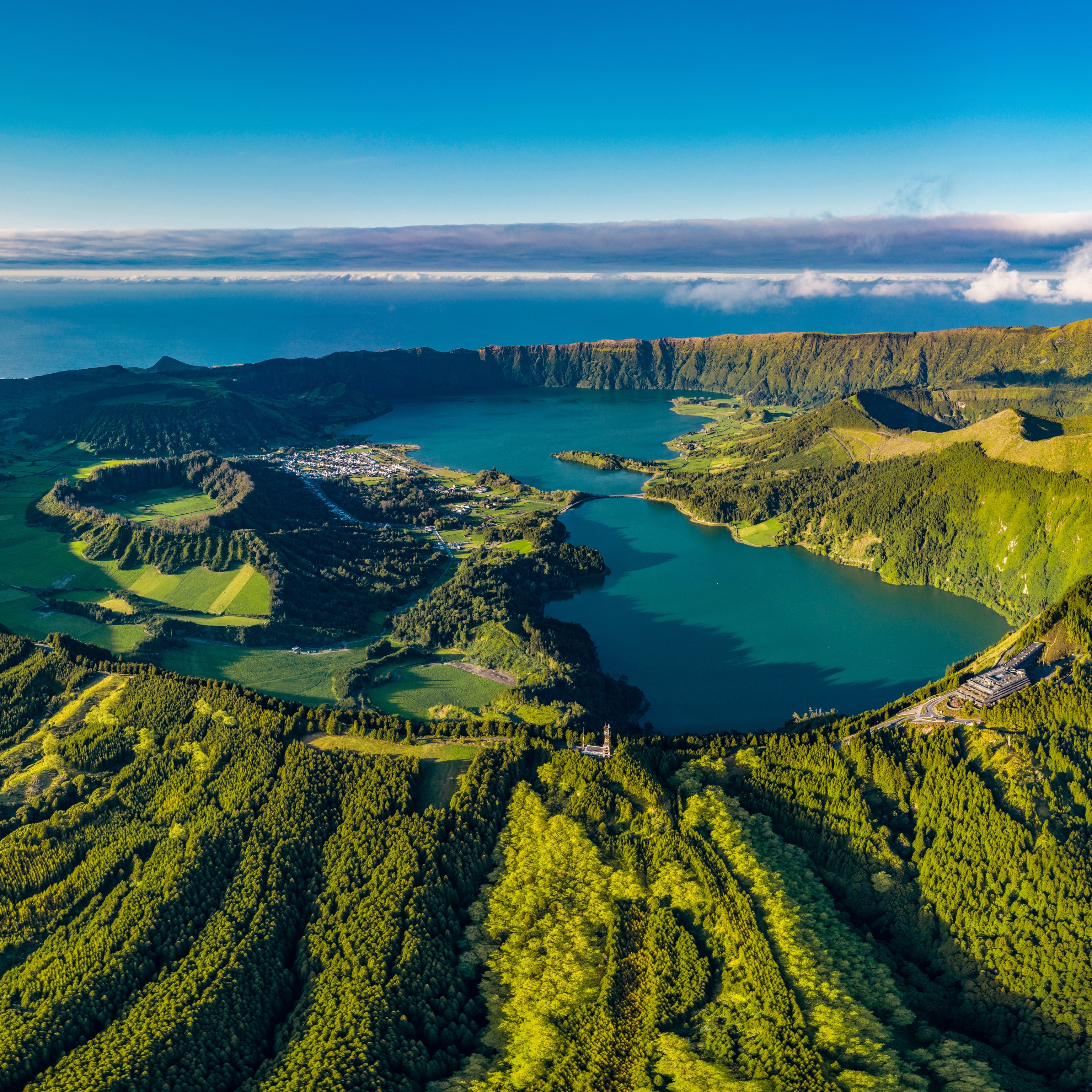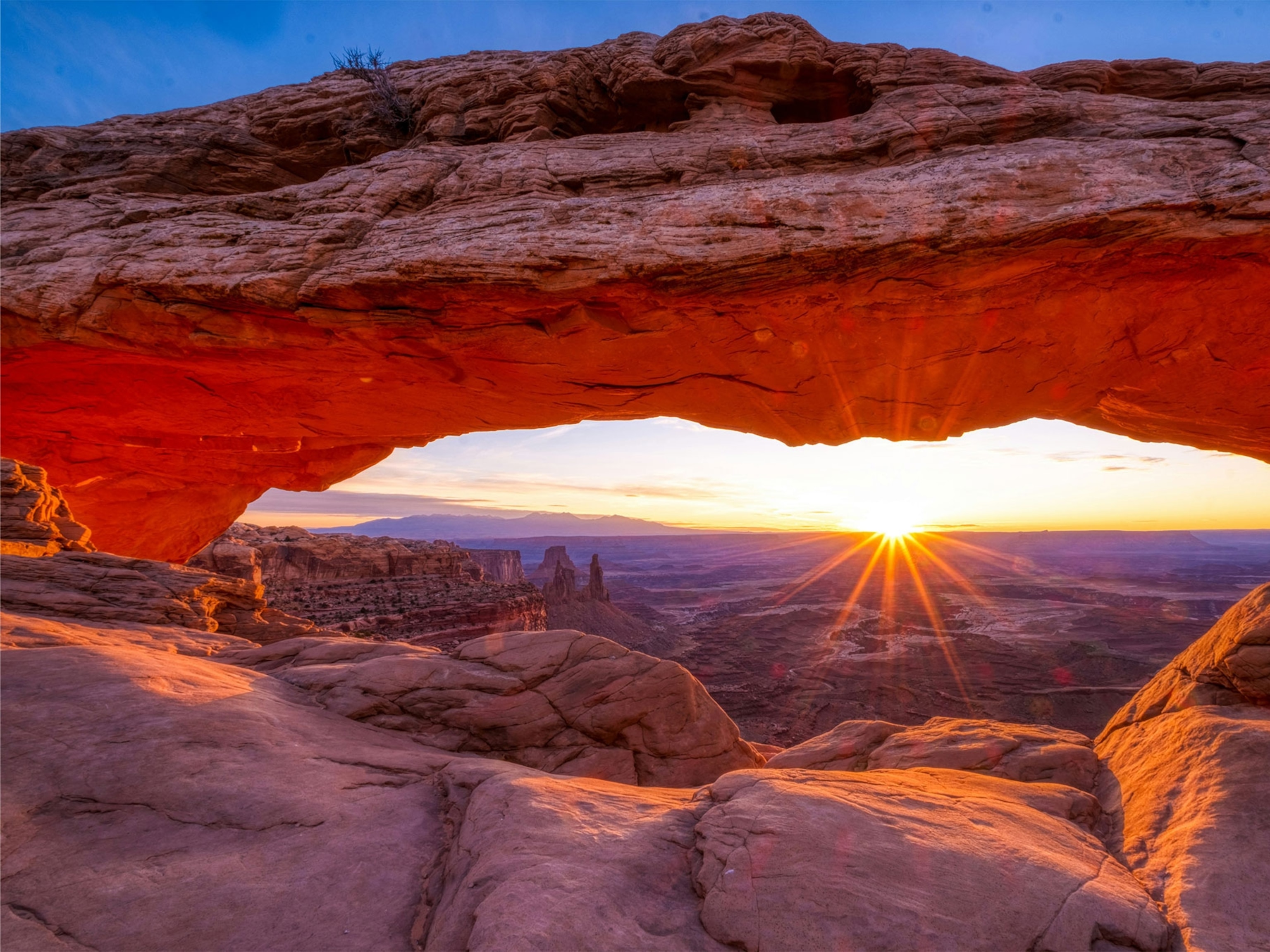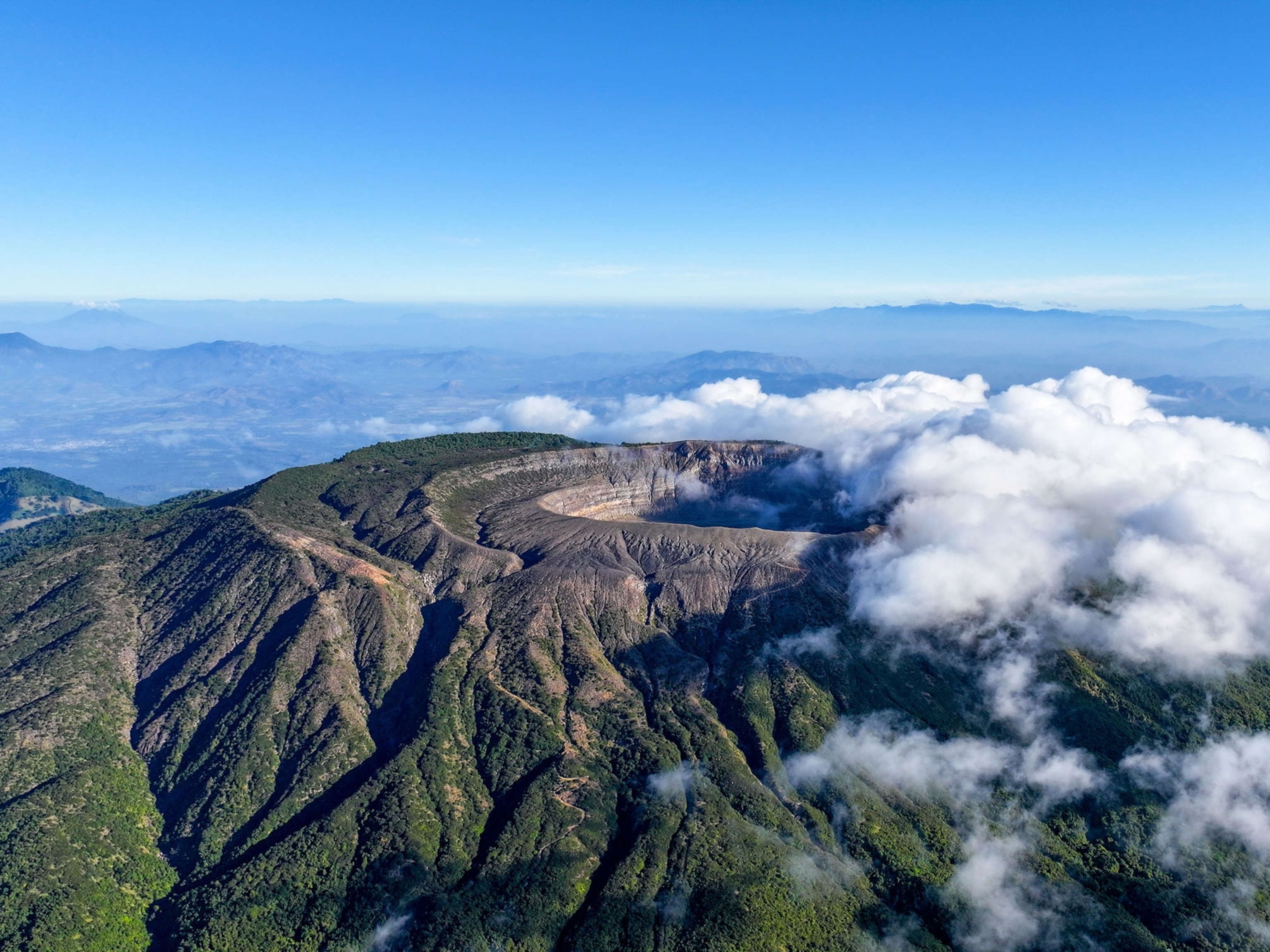
Hiking Kazakhstan: a day in Charyn Canyon National Park
The corridors, crevices and towering columns of Kazakhstan's Charyn Canyon National Park are easily accessible to hikers now that the road here from Almaty has been upgraded and trail signage improved.
I’m staring into the yellow eyes of a northern goshawk. He’s perched on a lone rock rising from a sea of scorched steppe, his chest puffed up and head held high like a warrior waiting for battle. I’m so close I can see the markings on his feathers: the tips of his upturned wings are a dark, chestnut brown; his underbelly has cinnamon and white stripes, like the coat of a tiger. He has yellow talons and a curved grey beak sharp enough to puncture a tyre.
The encounter takes place en route to Kazakhstan’s Charyn Canyon National Park, 124 miles east of Almaty, shortly after the driver slams on the brakes. “Eagle,” he says, pointing over the steering wheel to a dark silhouette emerging from tea-coloured plains. Hearts thumping, we grab our cameras and run into the swirling dust to catch a glimpse of Kazakhstan’s national bird.
(Kazakhstan: Where Horses are Revered and Eaten)
“It’s a hawk,” whispers our Kazakhstani guide, Sergei, as we inch closer to get a better view of the bird. I can tell Sergei is disappointed, but for someone like me, whose most exciting bird sighting so far this year has been a seagull on Brighton beach, spotting a hawk in the open steppe is more than enough.
Back in the car, we follow freshly laid tarmac stretching towards the snow-capped Tien Shan mountains, near the Chinese border. Part of a major investment in Kazakhstan’s tourist infrastructure, this road was built during the Covid-19 pandemic to improve access from Almaty, Kazakhstan’s largest city, to Charyn Canyon National Park. The 50-mile-long canyon is home to one of the world’s largest populations of Sogdian ash trees, as well as dozens of rare animal species, including the Siberian ibex and goitered gazelle.
“Kazakhstan is changing fast,” says Sergei as we pull up to the park’s entrance, where new signage helps visitors navigate the canyon’s trails. Improved toilet facilities and signal for GPS devices have also made the park more accessible in recent years. “Our past was oil, but our future is tourism — especially this kind of tourism,” says Sergei, pointing to a newly installed hiking route map marked with water stations and viewpoints.
We’re in the Valley of Castles, one of five canyons in Charyn Canyon National Park. It seems impossible after the drive here — through plains stretching as far as the eye can see — but now there’s no flat land in sight. Instead, great slabs of red sandstone rise from a ravine 90 metres below my feet like a giant skyscraper city chiselled out of rock. I take a steep trail to the foot of the canyon, running my hands over red and silver earth sculpted by the Charyn River 12 million years ago. What strikes me most is the silence: it’s so quiet I can hear my heart thumping and the wind whistling between the rock. Were this Arizona, where the Grand Canyon receives 100 times more visitors than Charyn Canyon National Park, I’d be in the company of hundreds of tourists. But here in Kazakhstan — a country that just 32 years ago was still part of the Soviet Union — I have the trail to myself.
“Kazakhstan is still a young country, but we have a lot to offer,” says Sergei. Hair tied in a ponytail and wearing a leather jacket and fingerless gloves, he looks like he’s off to a heavy metal gig rather than out on a hike. “We have mountains, deserts, forests, modern cities and ancient cultures. I think it’s taken time to realise how diverse our country is, but a shift to tourism is changing things.”
The next stop is Yellow Canyon, a more remote part of the park that requires a 4WD vehicle to explore. Our driver — a serious man who hasn’t spoken since spotting the hawk — suddenly breaks into a smile. We pick up the pace on an open dirt track before plunging into a round of ditches and potholes big enough to swim in. The air tastes of scorched earth, and my eyes sting from the dust filtering through the vehicle’s air vents.
The car finally slows and the dust settles, revealing the sun-bleached sandstone of Yellow Canyon. While the Valley of Castles felt like a city, this is like landing on the surface of the moon. Sand-coloured mountains, stretching as far as I can see, have deep lines and grooves etched all over them, like the skin of an elephant. Sergei tells me the lines are mountain highways for the Siberian ibex. I squint in the hope of spotting the elusive horned climber clinging to the canyon walls, but my luck — for today, at least — is out.
We walk the ridges of Yellow Canyon until the last light dips behind the Tien Shan mountains. At this hour, the pale yellow sandstone acts like a blank canvas for the sky, reflecting the deep orange, then the dusky pink of the setting sun. As we race back to Almaty, the sky filling with a million stars, I can’t help but feel a twinge of regret. I want to stay in this starlit canyon a little longer, where big skies are endless and great warrior hawks soar above the open steppe.
Turkish Airlines and Lufthansa operate flights to Kazakhstan via Istanbul and Frankfurt. Double rooms at the five-star Rixos Almaty from £255 a night, B&B.
To subscribe to National Geographic Traveller (UK) magazine click here. (Available in select countries only).







